News
WildCRU’s Eric Ash reveals insights, opportunities, and challenges for the conservation of tigers in an understudied landscape through his DPhil research
Catastrophic population declines threaten the under-studied and Endangered Indochinese tiger (Panthera tigris corbetti) with extinction. With potential extirpation of tigers from Cambodia, Lao PDR, and Vietnam, driven by poaching, habitat loss, and loss of prey, it is becoming increasingly evident that Thailand now plays a critical role in the conservation of the subspecies. While Thailand’s Dong Phayayen-Khao Yai forest complex (DPKY) is recognised as a tiger landscape of national importance, it has been largely understudied, potentially undermining effective conservation and obscuring the potential role of this landscape in the conservation of tigers in the region.
In his DPhil thesis, which he successfully defended on 26 May, WildCRU researcher Eric Ash explores the ecology and conservation status of tigers in the DPKY landscape, aiming to provide key insight for the development of informed and up-to-date conservation strategies. The thesis builds upon work conducted by Freeland Foundation, in partnership with Thailand’s Department of National Parks, Wildlife and Plant Conservation, including large-scale camera-trap surveys on tigers throughout the landscape. Through this thesis, Eric aimed to assess tiger presence, persistence, breeding, and population density. He also explored important associations with habitat, prey, and threats that influence the population and investigated long-term habitat connectivity and population viability.
A number of studies from Eric’s thesis have been published in peer-reviewed journals generating important insights for tigers in the landscape. One such study, published in the journal Oryx in 2020, represents the first dedicated, long-term study on tigers across DPKY. Notably, the study establishes DPKY as one of the few remaining breeding populations of Indochinese tigers globally and as a tiger landscape of global conservation significance. Eric follows up on these findings in a paper published in the journal Animal Conservation, evaluating the degree to which prey, human presence, and environmental factors explain patterns of tiger presence in DPKY. In the study, authors found strong, positive associations between tiger presence and wild boar (Sus scrofa) and prey richness, and strong negative associations with human settlements, public roads and poacher presence. However, the study reveals that environmental characteristics, particularly in concert with human factors, best explained differences in patterns of tiger presence, suggesting these factors could aid in modelling potential tiger occurrence where other data may be lacking.
Other studies published include novel assessments on methods commonly used in ecological research while simultaneously assessing important aspects of tiger ecology and conservation in DPKY. In a study published in Biological Conservation in 2020, Eric and co-authors investigated the use of simulations for in developing and validating camera-trap survey design for generating estimates of tiger population density and abundance, an approach which may be beneficial for similar studies of low-density carnivore populations. In the study, tiger density (0.63 ± SE0.22 [0.32–1.21] tigers per 100 km2) and population (20 [14–33]) were estimated to be relatively low. However, these key metrics provide a crucial, reliable baseline for evaluating population changes over time.
Next, in a study published in Landscape Ecology earlier this year, Eric and co-authors provide a novel, first-of-its-kind assessment of the degree to which optimization of spatial scale- and functional shape-optimization affects performance of habitat selection models for tigers. The study reinforces the importance of optimizing such models for spatial scale and of broad-scale protection of key tiger habitat in DPKY as part of a landscape-scale management strategy.
Lastly, in a study published in a special issue of the journal Land, Eric and co-authors simultaneously evaluate the potential for DPKY’s tiger population to disperse to other potential habitat and assess the sensitivity of connectivity models to changes in key parameters. The study demonstrates the potential for landscape connectivity models to be highly sensitive to parameter values with significant interactions and varying strength of effects varying over time. In particular, dispersal ability, mortality risk and their interaction dominated predictions, underscoring the importance of incorporating these factors in spatially-explicit models of connectivity. Results from this study suggest reasonable dispersal potential of tigers to Khao Yai National Park in DPKY though dispersal and persistence within and beyond the landscape could be drastically undermined by increased mortality.
Eric is currently preparing the final data chapter of his thesis for publication. In this study, Eric and co-authors use individual-based, spatially-explicit population models to evaluate the effects of landscape change scenarios on tiger persistence in DPKY as well as model sensitivity to key factors. In the study, spatial patterns of mortality risk dominated predictions of population persistence and results suggested strong negative effects resulting from landscape change scenarios modelling road expansion and construction of dams. Results from the study suggest this population may be on a proverbial knife’s edge with a future dependent on detecting and preventing increased mortality.
Overall, the thesis and related published work provide a comprehensive assessment of tigers in this understudied landscape. In the near future, Eric plans to translate results into Thai language to aid in the dissemination of research findings to managers, decision-makers, and other researchers conducting similar work in the country.
-
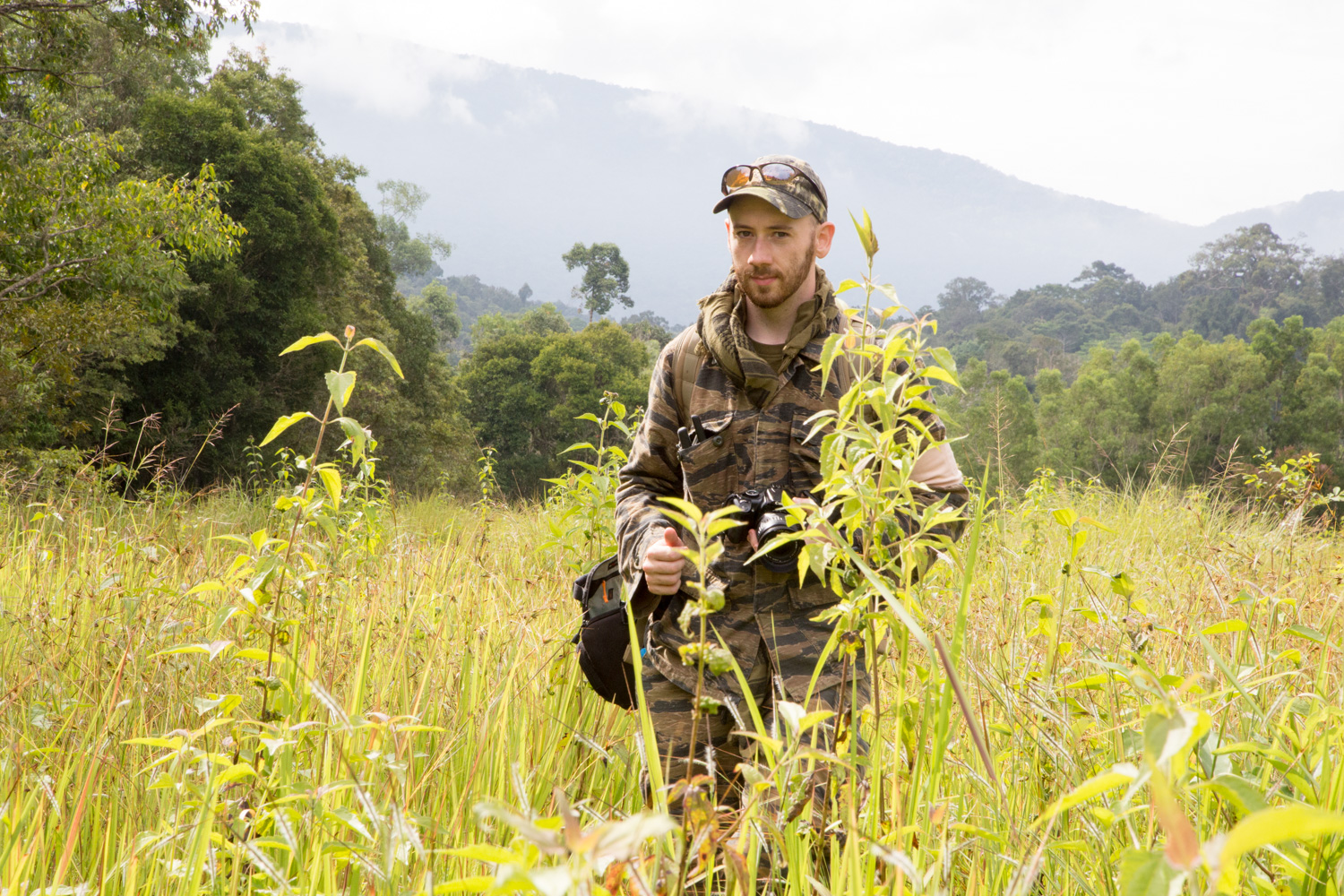
-
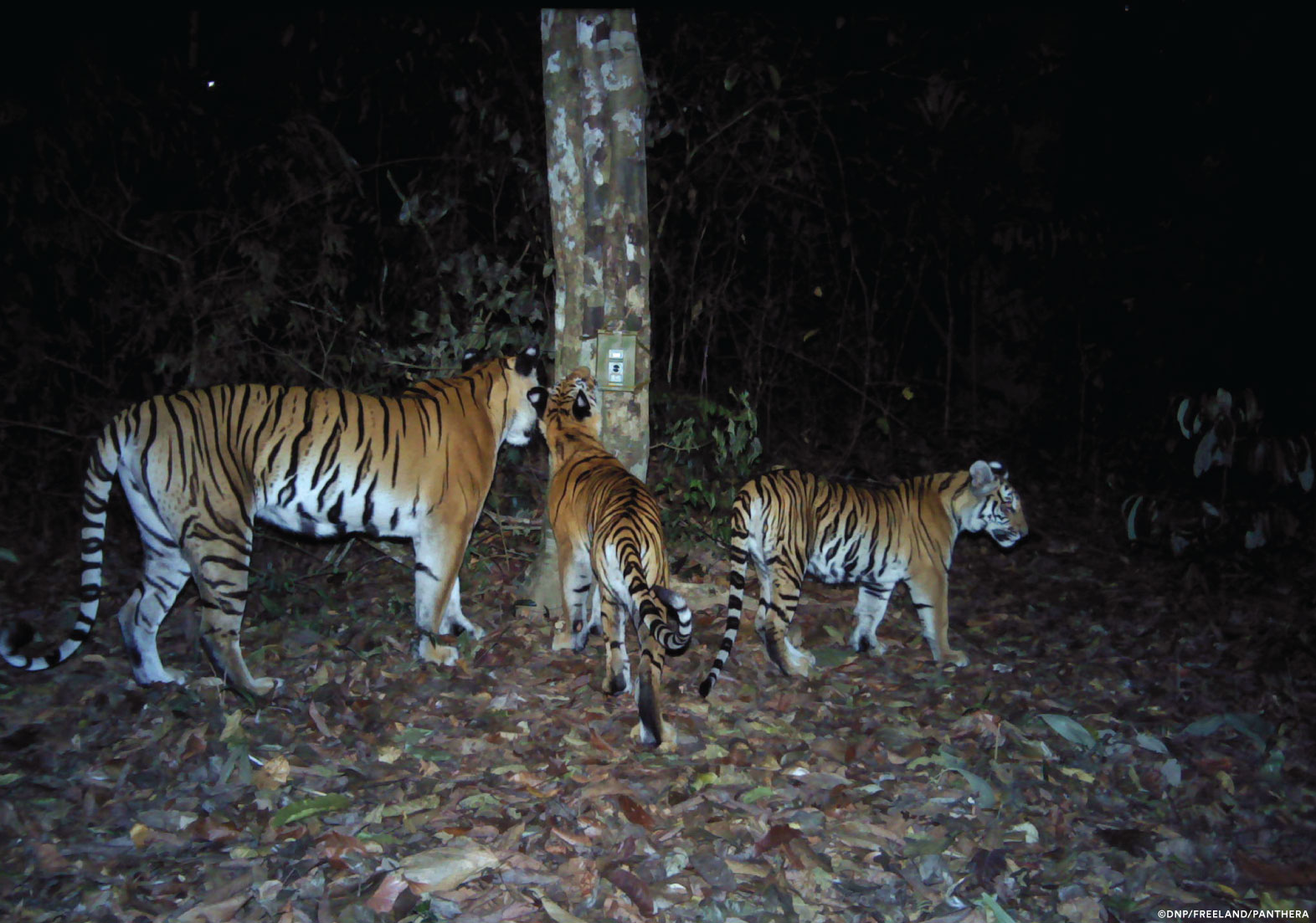 ©DNP-Freeland-Panthera
©DNP-Freeland-Panthera -
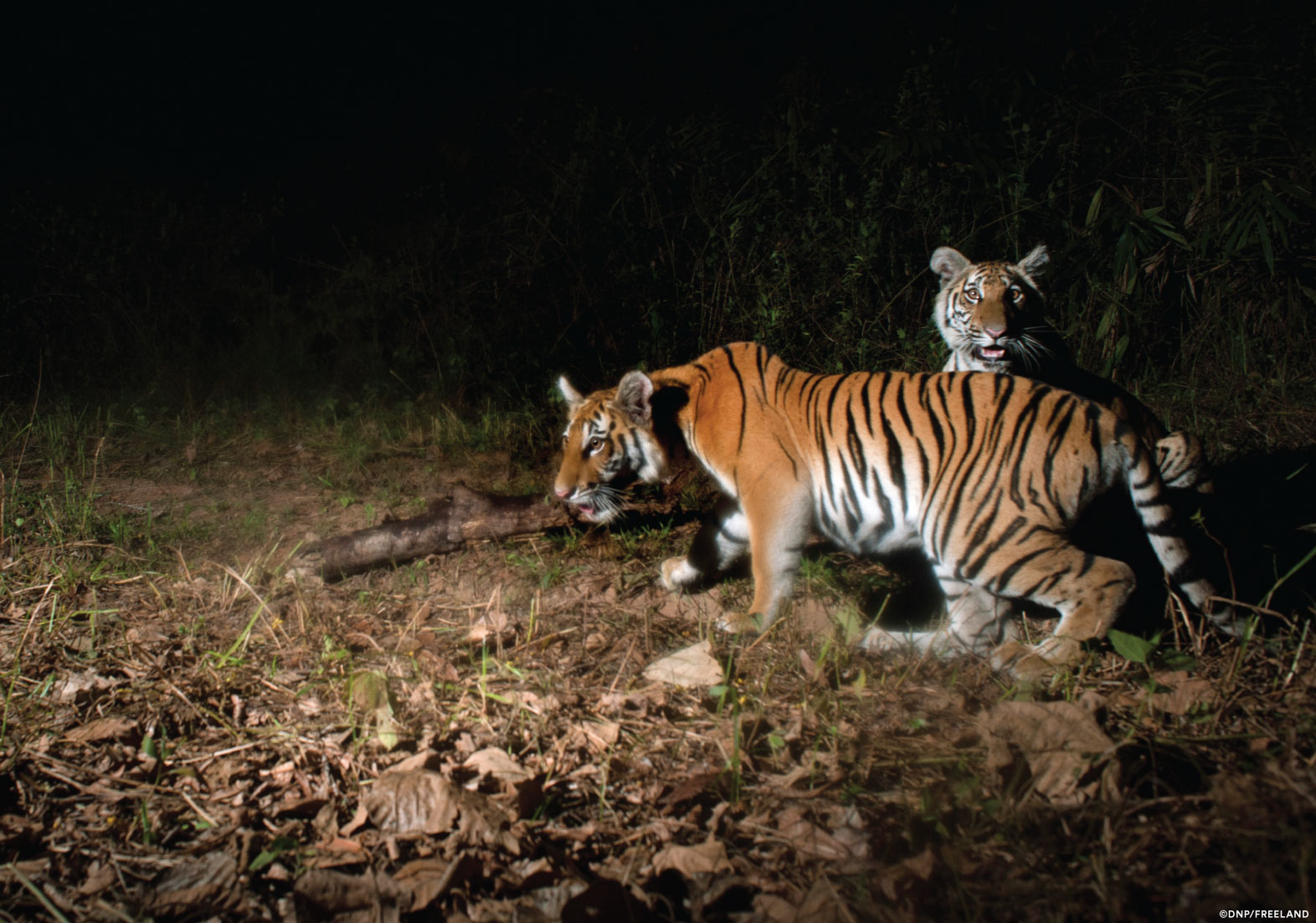 ©DNP-Freeland-Panthera
©DNP-Freeland-Panthera -
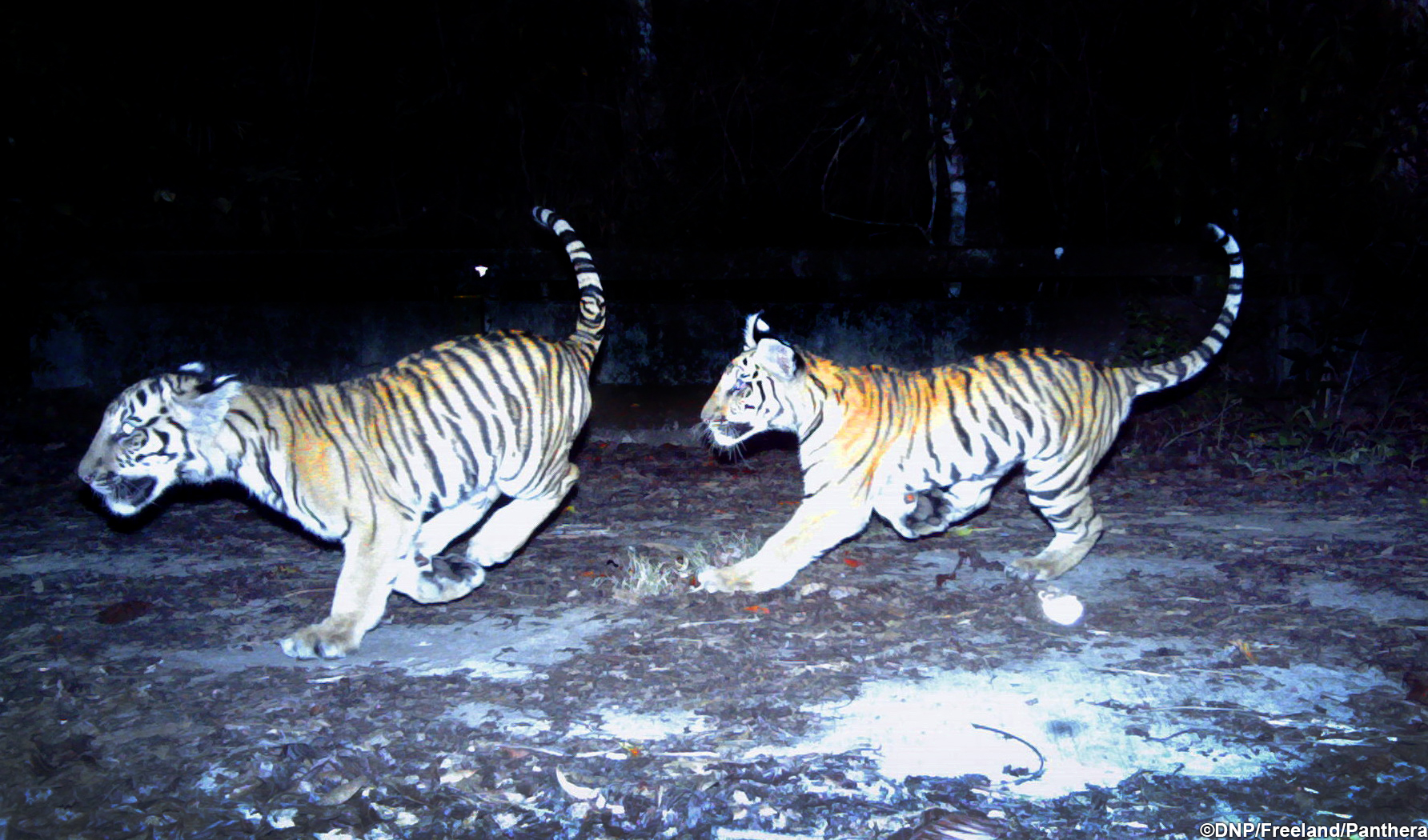 ©DNP-Freeland-Panthera
©DNP-Freeland-Panthera -
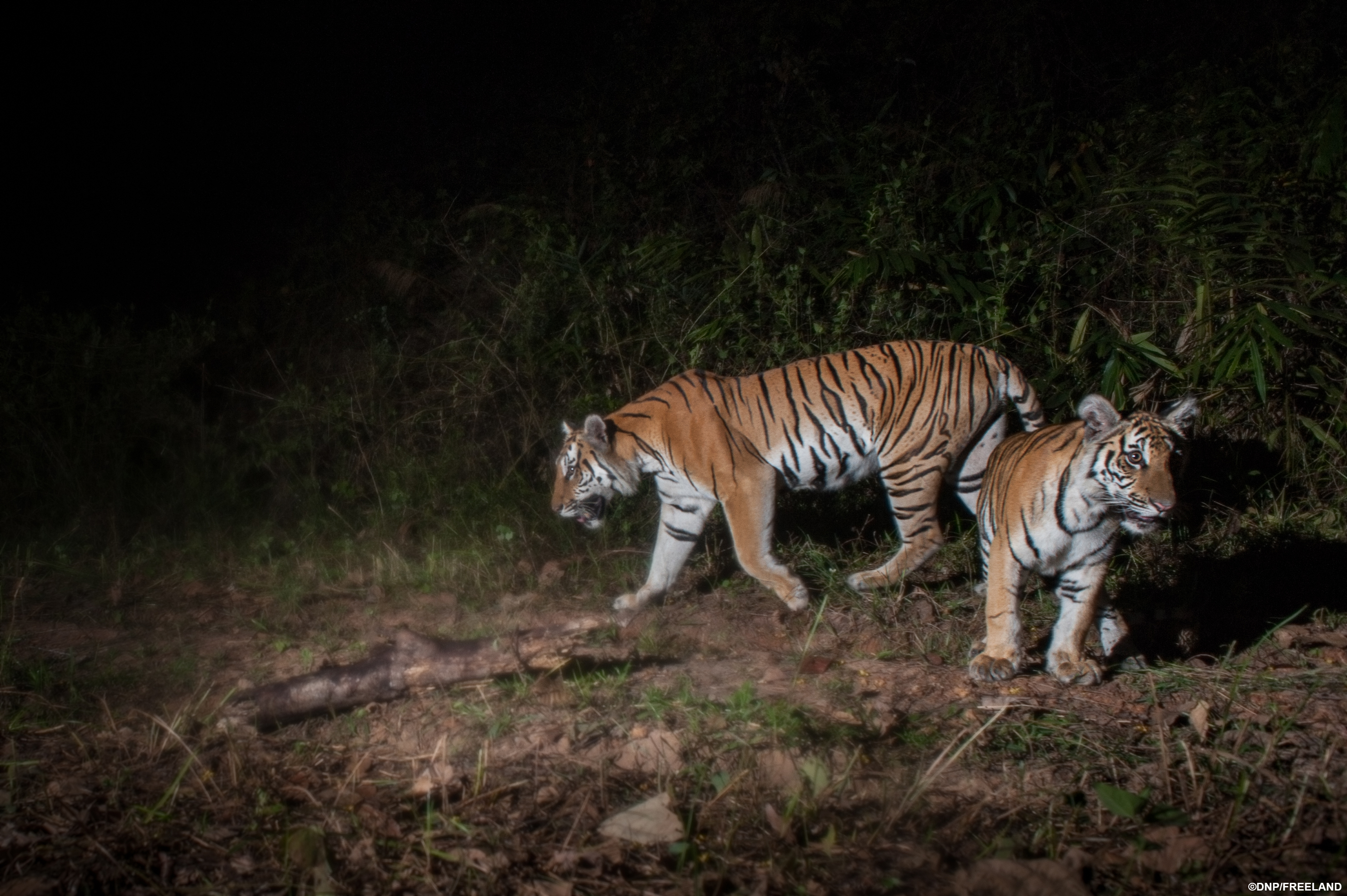 ©DNP-Freeland-Panthera
©DNP-Freeland-Panthera





